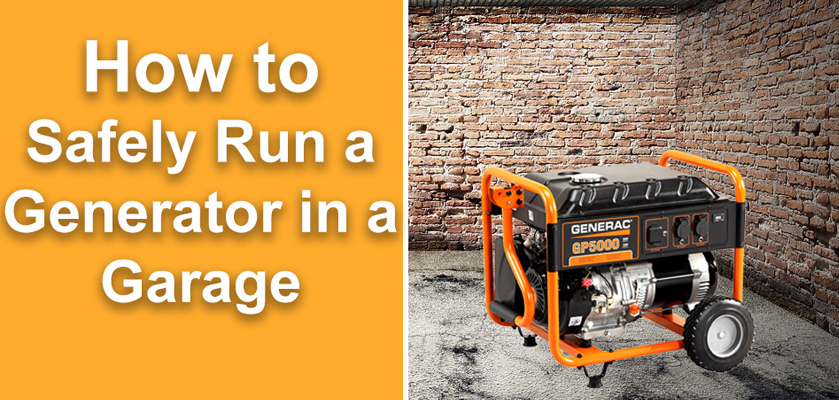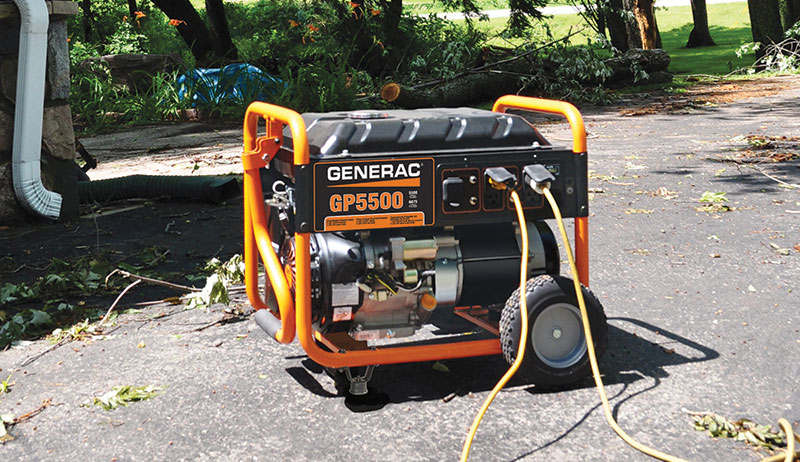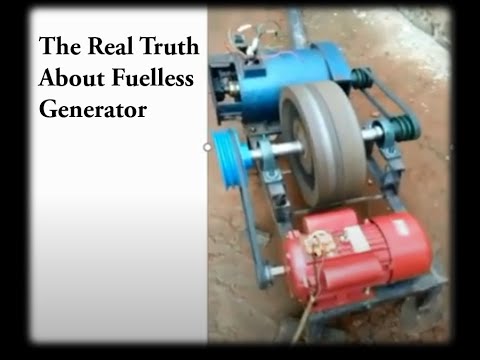Ventilation is important for any generator, as it helps to keep the engine cool and prevent build-up of dangerous fumes. There are a few factors to consider when determining how much ventilation your generator needs, including the size of the engine, the type of fuel being used, and the operating environment. Generally speaking, larger generators or those using volatile fuels will require more ventilation than smaller units or those using less flammable fuels.
It’s also important to make sure that the area around your generator is well-ventilated even when it’s not in use, as built-up fumes can be explosive.
If you’re using a generator to power your home in the event of a power outage, you’ll need to make sure it’s properly ventilated. Otherwise, it could overheat and become a fire hazard.
So, how much ventilation does a generator need?
It depends on the size of the generator. A small generator may only require two or three vents, while a larger one may need six or more. The best way to determine the proper amount of ventilation for your generator is to consult the owner’s manual.
In general, it’s best to err on the side of caution and provide more ventilation than less. You can never have too much fresh air circulating around a generator. If possible, set up your generator outdoors in an open area away from any buildings or other structures.
This will help ensure that it gets plenty of fresh air and won’t be at risk of overheating.

Credit: www.cleverhandymen.com
Do Generators Need to Be Vented?
Yes, generators need to be vented. This is because the engine produces harmful fumes that can be deadly if inhaled. The exhaust pipe on a generator should be pointed away from any buildings or areas where people congregate.
How Do You Ventilate a Generator?
If you have a generator, you need to make sure that it is properly ventilated. This is because generators produce fumes that can be dangerous if they build up. Proper ventilation will help to prevent this from happening.
There are a few things that you need to do in order to ventilate your generator properly. First, you need to make sure that the area around the generator is clear. This means that there should be no furniture or other items blocking the vents.
Second, you need to open the vents on the generator so that air can flow through them. Third, you need to run the generator for a few minutes each week so that it can circulate fresh air through the system.
By following these steps, you can ensure that your generator is properly ventilated and safe to use.
How Do You Calculate Ventilation for a Generator Room?
If you are looking to calculate the ventilation for a generator room, there are a few things that you will need to take into account. The size of the room, the number of generators in the room, and the level of activity in the room will all play a role in how much ventilation is required.
To calculate the amount of ventilation needed for your generator room, start by measuring the length and width of the room.
Multiply these numbers together to get the square footage of the space. For example, if your room is 10 feet wide and 20 feet long, it has 200 square feet of floor space.
Next, determine how many air changes per hour (ACH) you will need based on the number and size of generators in your space as well as the level of activity taking place.
A rule of thumb is that each generator needs 1 ACH while rooms with higher levels of activity may require 2-3 ACH. Once you have determined how many ACH you need, multiply this number by the square footage of your room to get your total ventilation requirements.
For example, let’s say you have two generators in your 200 square foot room and you expect moderate activity levels throughout day.
This would require 3 ACH (2 for generators + 1 for activity). To calculate CFM (cubic feet per minute), multiply 3 ACH by 200 square feet which equals 600 CFM. This means you would need at least 600 CFMof ventilation to properly ventilate this space.
Is It Ok to Run a Generator Indoors Why?
Yes, you can run a generator indoors, but there are some things you need to take into account. First, the generators produce carbon monoxide (CO), so you need to make sure there is adequate ventilation. Second, depending on the size of the generator, it may produce a lot of noise.
You might want to consider sound-proofing the area where it will be located. Third, generators produce heat, so you need to make sure the room doesn’t get too hot and that there is proper ventilation to avoid a fire hazard.
Generator room Ventilation Calculation and Louver sizing using spreadsheet
Generator Shed
If you have a generator, chances are you need a place to keep it. That’s where a generator shed comes in. A generator shed is simply a storage shed for your generator.
They come in all shapes and sizes, so you can find one that meets your needs. Here are some things to consider when choosing a generator shed:
Size – How big is your generator?
You’ll want to make sure the shed is large enough to accommodate it.
Ventilation – Does the shed have proper ventilation? Your generator will produce fumes that need to be able to escape.
Make sure the shed has vents or windows that can be opened for ventilation.
Accessories – What other accessories do you need to store with your generator? Fuel cans, extension cords, etc.?
Make sure the shed has enough space to store everything you need.
Location – Where will the shed be located? It should be close enough to your house so you can easily access it, but far enough away so the noise doesn’t bother you (or your neighbors).
Now that you know what to look for in a generator shed, start shopping around and find the perfect one for your needs!
Generator Enclosure Box
If you’re in the market for a generator, you may be wondering if you need a generator enclosure box. The answer is: it depends. Here are some things to consider when making your decision:
1. The purpose of the generator enclosure box is to keep the noise from the generator contained. If you live in an area where noise pollution is a concern, or if you simply don’t want to disturb your neighbors, then a generator enclosure box is a good idea.
2. Generator enclosure boxes also protect the generator from weather and debris.
If you live in an area with severe weather conditions, or if your property is prone to flooding or other natural disasters, then an enclosed generator will be better protected than one that’s left out in the open.
3. Enclosed generators can be more expensive than open generators, so it’s important to weigh your options and decide what’s best for your needs. There are many different sizes and styles of generator enclosures on the market, so there’s sure to be one that fits your budget.
4. Finally, consider ease of use when deciding whether or not to purchase a generator enclosure box. If you think you’ll need to access your generator frequently, then an enclosed model may not be the best choice since it can be difficult to open and close the door on some models.
Portable Generator Enclosure While Running
If you have a portable generator, you know how important it is to keep it running properly. A generator enclosure can help keep your generator safe from the elements and protect it from damage. Here are some tips on how to choose the right enclosure for your needs:
When choosing a portable generator enclosure, consider the following factors:
Size: The size of the enclosure should be large enough to comfortably fit your generator, but not so large that it’s difficult to move around or store.
Material: The material should be durable and weather-resistant, such as steel or aluminum.
It should also be vented to prevent overheating.
Style: There are two main styles of enclosures – open and closed. Closed enclosures provide more protection from the elements but may interfere with air flow and cause the generator to overheat.
Open enclosures are less protective but allow for better airflow. Choose the style that best suits your needs.
Portable Generator Enclosure Kit
If you’re in the market for a portable generator, you may be wondering if you need a special enclosure for it. The answer is maybe. If you live in an area with severe weather conditions, or if your generator will be stored outside, then a portable generator enclosure kit is a good idea.
These kits come with everything you need to build a sturdy enclosure around your generator, keeping it safe from the elements and preventing theft.
Enclosures can also help keep your generator running cooler, as they provide ventilation while still protecting the engine from debris. If you choose to go with an enclosure kit, be sure to get one that’s specifically designed for your model of generator – some kits are universal, but others are not.
Conclusion
In conclusion, it is important to make sure that your generator has enough ventilation. If it does not have enough ventilation, it could overheat and cause a fire.


